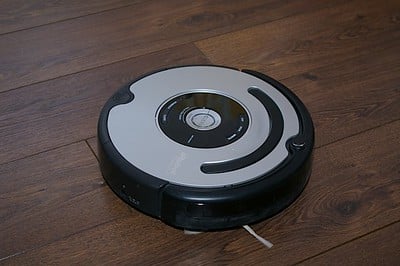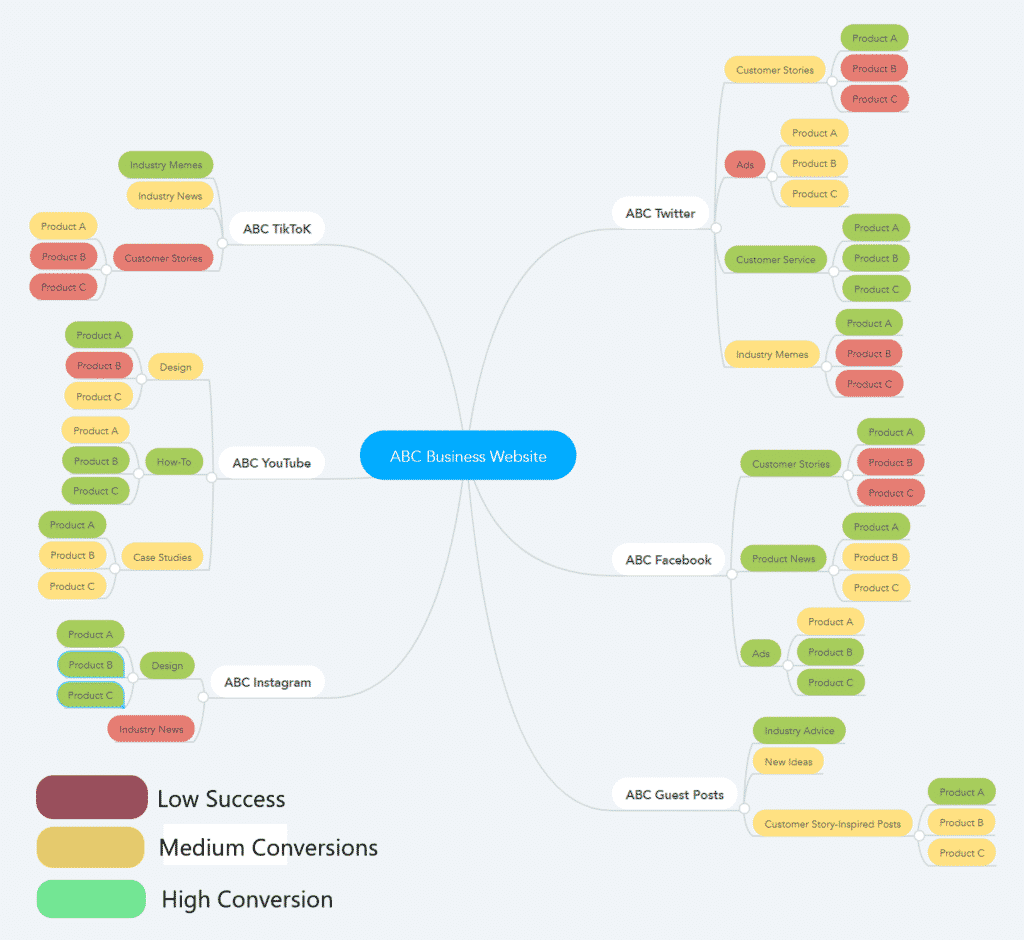Have trouble with your business marketing and can’t quite figure out what it is? It might be time to consult your Roomba.
A robot vacuum cleaner is probably the last thing you think about asking for marketing advice. After all, Roombas are better known for interrupting work meetings more than solving the many marketing mysteries businesses encounter. But these little modern mechanical maids are rich in business insights and ideas.

1 – Conversion Problems? Think About Your Roomba’s Personality
While people may not admit it, many Roomba and robot owners feel like their devices have personalities. (Research Proves Your Roomba Has a Personality | Psychology Today) For example, we like robotic devices more if they look “friendly.” So, manufacturers make them look like they’re smiling. And it works.
Owners find robots so relatable that we project feelings on them and even get upset when they die.( NASA Confirms Its Mars Robot Opportunity Has Died – LADbible) (Funerals for Fallen Robots – The Atlantic) It’s all part of a strange relationship humans have to the technological world. These same things hold true for businesses.
Customers like businesses that consistently appear friendly and relatable. We subconsciously look for small contextual clues that tell us how trustworthy they are and what we can expect when dealing with them. And these traits become more important the more significant the purchase or risks become.
I drive three hours to buy a new computer from my favourite geek shop, for example. I won’t buy one from any company I can’t trust because my livelihood depends on my computer equipment. A quick snack, though? I’ll risk buying convenience items from the questionable corner store because they’re quick purchases with little risk involved.
2 – Marketing Takes Forever? Watch Your Roomba Learn Layouts
Cleaning in a basic back-and-forth pattern is highly inefficient. The Roomba would repeatedly clean areas that don’t need it and not vacuum areas that get a lot of traffic and attract dirt. Robotic vacuums combat this problem by mapping out your home’s layout.
These maps name the spaces, find no-go zones within them, and note high-traffic or dirt areas. It then uses the information together with instances of user intervention (when you’ve manually turned it off) to design efficient cleaning routines. You can do the same with your marketing.
For most businesses, a marketing strategy is just a ton of files and vague notes scattered across digital locations with task reminders attached. Don’t do that to yourself.
Map out your online space. Find out where each type of content performs best, where you need higher levels of attention to handle engagement, and how they’re all connected. See how these fit into the time you’ve set aside for marketing and divide your time up accordingly.

3 – Struggling to Expand or Find Creative? Embrace the Unconventional
Early on, iRobot discovered geeks and hackers were using Roombas for all sorts of wild and crazy projects. (Roomba airsoft | This is a top view of the Roomba airsoft com… | Flickr) Traditional businesses would have immediately contacted their lawyers and crafted Cease and Desist letters. iRobot, however, chose to embrace these creative minds. The company made them easier to hack.
Today, the company offers all sorts of bots, classes, and code repositories. They actively encourage kids to learn to code and even have programs for children who can’t afford their own robot. Can you do the same thing with your company?
Companies that pay attention to users and stay well-connected to their customer base have access to thousands of creative minds. If you dig into this, you’re bound to discover that some customers have done something fun, unusual, or creative with your product.
Maybe it’s using baby clothes on statues, jewelry in homemade soaps, or birthday signs on a robotic lawnmower. Perhaps, they used your product during a special moment. Whatever it is, it’s unique to you and your business. Embrace it.
4 – Poor Market Saturation or Short Customer Lifecycles? Consider Your Roomba’s Learning Curves
You don’t have to know a lot about a Roomba to make it work. The app makes setting and adjusting the cleaning paths and schedules super simple. You don’t even need a Wi-Fi connection. The only time users need some technical background is home automation (connecting the vacuum to your email, for example) or testing new features. What are the learning curves like for your marketing, products, and services?
Design thinking or usability experts will tell you that almost anything you have to explain isn’t designed correctly.
Do you have to teach someone how to find things on your website?
Are there so many calls to action that it’s challenging to make decisions and watering down your traffic?
Can you clearly tell clickable objects from unclickable ones?
If you’re not sure, sit down with people new to your site and give them a list of simple tasks. As they go through, watch for errors, hesitations, and barriers in the process.
5 – Everything Going Wrong? Find Opportunities in the Chaos
Videos of Roomba poopocalypses are a prime example of the chaos this machine can create. They haven’t solved the problem yet, but it has inspired numerous hackathons and contests among the more nerdily inclined. Scientists and engineers are also interested in the events. (Biologically Inspired Design of Context-Aware Smart Products – ScienceDirect) (2008.12146.pdf (arxiv.org) PDF) And that isn’t the only mechanical failure associated with Roombas.
At some point, something will go wrong. There will be chaos. The difference is how you choose to respond to it. Some fantastic examples of this are the rogue tweet sent out by the Red Cross in 2011 (The Red Cross’ Rogue Tweet: #gettngslizzerd On Dogfish Head’s Midas Touch | HuffPost), or more recently, HBO Max’s intern. (Dear Intern: How A Mistake Turned Into A Heartfelt Twitter Trend | Across America, US Patch)
It doesn’t have to be a public PR disaster, either. Look into your customer complaints. Find out what struggles they have. See where you can make a difference, even if that difference is just to commiserate with them. These things work because they’re real and relatable.
Have you learned something valuable about marketing from a household object? More importantly, have you had a Roomba fail? Tell us about it on Twitter!







































